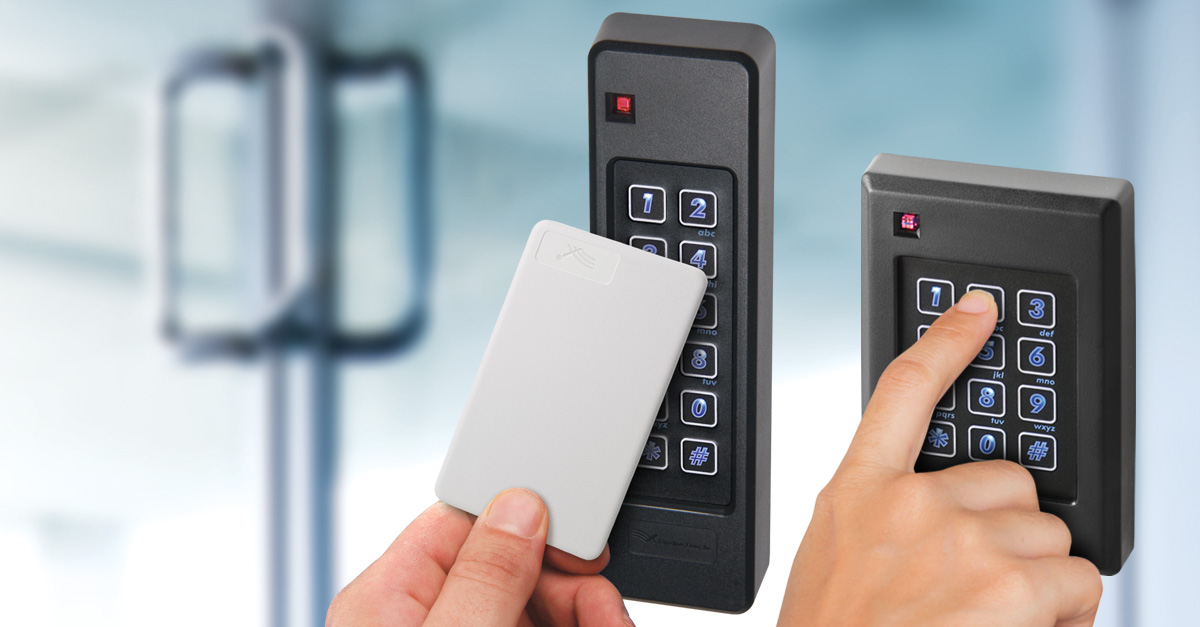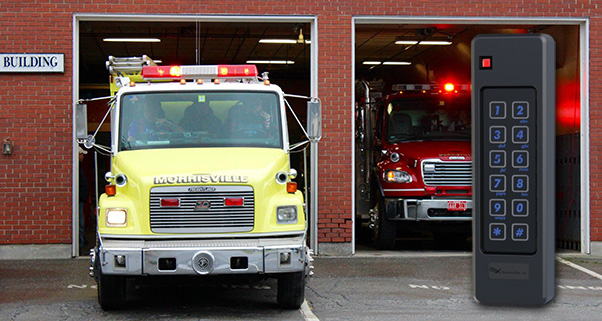
A Simple Solution to Address Card Cloning
By Stephen "Shep" Sheppard, Key Accounts Sales Manager
As the Key Accounts Sales Manager at Farpointe Data, I sell radio frequency identification (RFID) solutions for use by the electronic access control (EAC) community around the world. In this reader and credential game, the scuttlebutt on the street is that ‘prox is dead.’ To a large extent, this opinion is fueled by the perceived ease of data capture, duplication and cloning of 125-kHz proximity credentials. While the potential for proximity cloning is real, the threat is often exaggerated by those looking to profit from other high-priced security technologies, such as biometrics.
Higher-security alternatives absolutely have their place in certain applications. For example, 13.56-MHz contactless smart cards and readers that make use of MIFARE® DESFire EV1 or EV2 technology, such as Farpointe’s Delta® line of contactless smart card readers and credentials, should be considered for high-security deployments where the threat of an attack or breach are more serious. However, upgrading an access control system to 13.56-MHz also has its challenges and trade-offs. A complete analysis of proximity and contactless smart card would be enough for another article altogether, but for the purpose of this article, I want to focus on 125-kHz proximity.
Indeed 125-kHz still has a large following in North America and around the world. Literally millions of proximity readers, cards and tags are installed and operating in the field today, and that investment continues to grow with daily expansions. So, the question is, how can 125-kHz proximity, and the systems that depend upon this technology, be made more secure in an efficient and cost-effective way? One answer lies at the tip of your finger.
By installing a combination reader and keypad to the perimeter doors of an existing EAC system, security is elevated by adding a second layer of identification to the access transaction. When using both a card and a personal identification number (PIN)—a numeric or alphanumeric code used to identify a user via a keypad—security is based on something you have, a card, as well as something you know, a PIN. How does two-factor authentication impact card cloning? The threat is nullified as a PIN is not contained in a credential, and therefore cannot be sniffed, copied or cloned. The PIN number is essentially as safe as the vigilance of the user.
The beauty of the combination reader and keypad solution is that it does not require replacing every reader in a system. If you have concerns that your EAC system may be at risk from a cast of bad actors, or you simply want to heighten security without having to issue all new credentials, then consider simply upgrading the readers on the perimeter. A high-quality combination reader and keypad on the perimeter with broad protocol support is critical.
When installing readers outdoors, make certain it is sealed with epoxy potting to protect against weather and vandalism. For high-use areas, look for a solid-state keypad, with no moving parts. If the combination reader and keypad will be used at night, be sure the keypad is backlit. The device should be constructed in a way that the mounting screws are hidden from view. It should also be backed by a lifetime warranty.
If you specify, install or use 125-kHz proximity technology for access control, and are considering a security upgrade, then I encourage you to consider Farpointe’s combination reader and keypad solutions. These include the P-620 Denali Mullion-Mount Reader and Keypad, as well as the P-640 Patagonia Wall-Switch Mount Reader and Keypad. Both are widely available from Farpointe’s EAC partners.
High-priced security technologies certainly have their place. However, when the objective is to elevate EAC system security, consider Farpointe’s P-620 and P-640. These combination readers and keypads preserve the convenience of the installed 125-kHz proximity technology, and help make the system more secure in an efficient and cost-effective manner.
 Stephen "Shep" Sheppard
Stephen "Shep" Sheppard
Key Accounts Sales Manager

